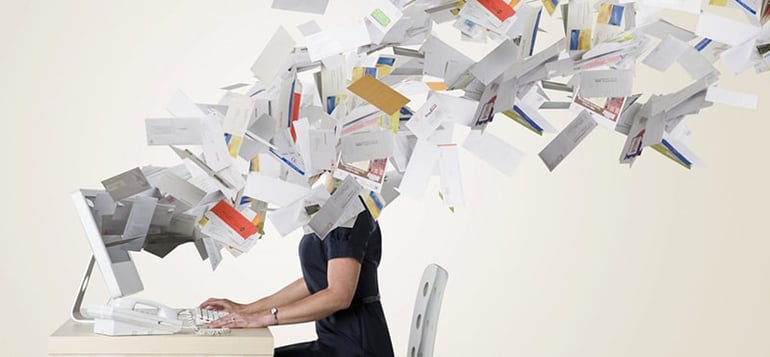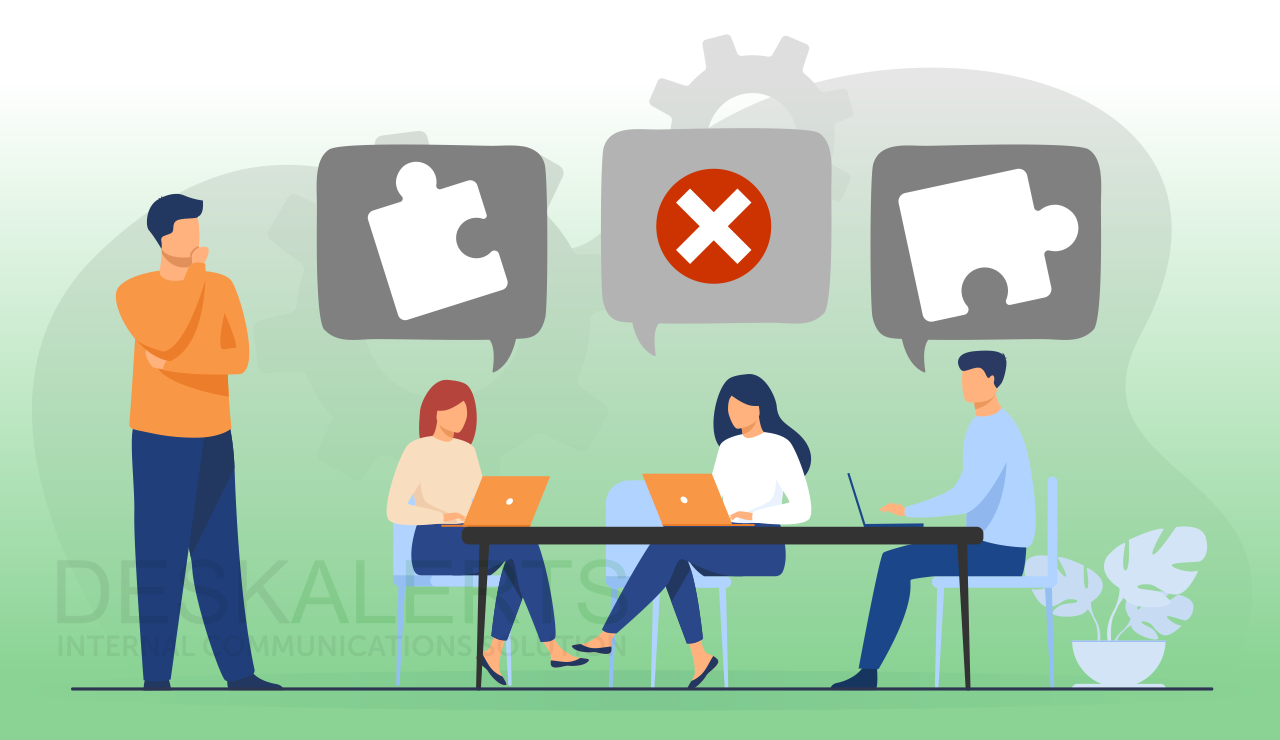4 min read
HR Annual Planning Calendar 2024
It’s time to start thinking about your Human Resources calendar for the next 12 months and beyond with a new year almost upon us.
If your company is like most, there’s a high chance your employees are being driven mad by inboxes clogged with more emails than they can keep up with and act on.

For businesses, the constant interruption of non-stop emails affects productivity – estimated to cost billions globally every year. And as well as wasting time and money, email has become an ineffective system for communicating important information – it’s easy for critical information to go missing in the mess.
There are some steps you and your employees can take to get your email system back under control.
1.Use enterprize social networks
Around 67 per cent of emails are sent internally within an organization. By utilizing an enterprize social networking site – think Yammer or SharePoint - a lot of unnecessary email can be cut down.
2. Use DeskAlerts
DeskAlerts can be used to establish a dedicated communication channel for your employees meaning that important information will never get missed. You can use it for all your important internal communications from emergencies, HR announcements, education and training, messages from the CEO right through to social club news.
3. Rethink whether email is necessary at all
A lot of emails are sent that don’t need to be and time is wasted going backwards and forwards in email conversations. Would it be easier and more time effective to pick up the phone or meet face-to-face?
4. Put parameters on emails
Consider banning the ability to email everyone or send group emails. Only administrators should have these privileges.
5. If you don’t have anything to say, don't say it
There’s no need to write back to every email with “thank you” or other pleasantries. People enjoy polite, but they enjoy an uncluttered inbox even more!
6. Anticipate questions
Spell out the situation clearly when you are sending information. To mitigate having email conversations backwards and forwards, include all the information you know.
7. Use tools to manage your inbox
There are a range of tools around to help you keep on top of the inbox chaos. Filters and apps can move things out of your inbox automatically to designated folders, or unsubscribe you from mailing lists.
8. Think carefully about who you are sending to
Most of the time irrelevant messages are unopened. When you’re sending an email, be certain the people you are sending it to absolutely need to get it.
9. Delete what’s not important
Get brutal and delete everything that isn’t relevant, important or information you will need again soon. Part of the problem with clutter is that you can end up with thousands of emails from years ago that weren’t even important to begin with!
10.Try to get to zero messages each day
A well-managed inbox will have zero unread messages in it at the end of each working day. If you make the effort during the day to incorporate the tips outlined above, and make sure you handle and manage every bit of email that comes through, you can hopefully reach this result.

4 min read
It’s time to start thinking about your Human Resources calendar for the next 12 months and beyond with a new year almost upon us.

6 min read

6 min read
In today's rapidly evolving financial landscape, banks must stay ahead of industry changes, regulatory updates, and technological advancements....